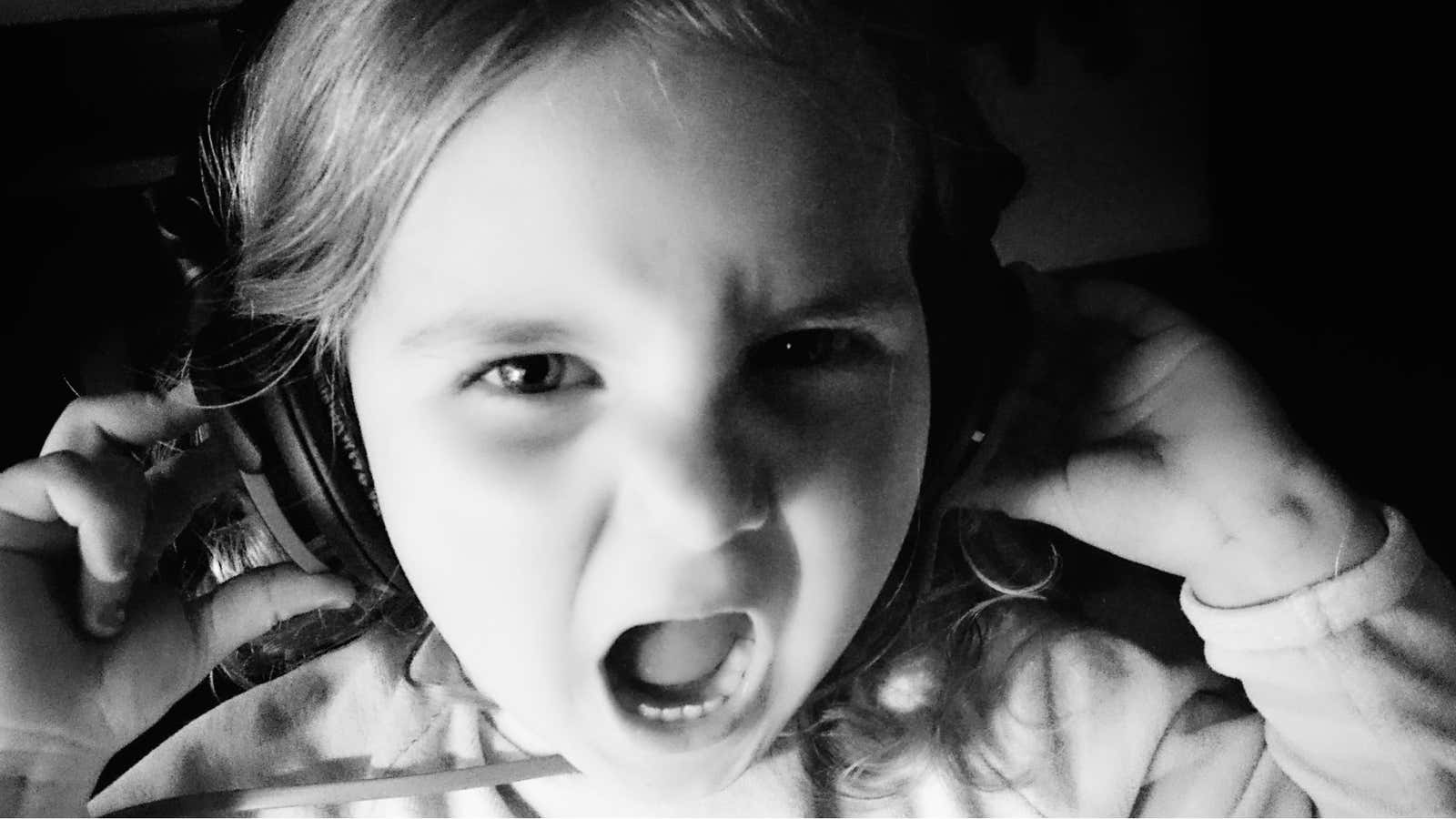Sometime in the not so distant past, one of your kids, or a kid you know, has probably been told that she has a particular learning style. Perhaps she is a visual learner, who absorbs information best through images. Or maybe an auditory one, who needs to hear things to really grasp them. Boys are often told they are kinesthetic learners, deriving the most from a lesson through movement.
It’s all bunk.
“There is no credible evidence that learning styles exist,” says Daniel Willingham, a professor of psychology at the University of Virginia. “It’s one of those things people think ‘they’ have figured out, that science knows it to be true,” even though science says exactly the opposite, he tells Quartz. (Willingham studies the application of cognitive psychology to kindergarten through university education.)
The theory of learning styles, which has been around for more than a century, is that students learn better when the method of teaching matches their preferred mode of learning. It had its heyday in the 1950s, but faded when psychologists could not replicate it, Willingham said. It made a comeback in the 1970s when researchers thought it was a useful way to think about learning disabilities. That didn’t pan out either.
The most conclusive research, completed in 2008 (pdf), does not conclude that learning styles are wrong but rather that no one had come up with a theory with any evidence behind it. That’s a pretty good reason not to use it, says Willingham. “We’d rather know something is right before we use it in the classroom,” he notes.
Phil Newton, an associate professor in the college of medicine at Swansea University, has researched just how pervasive learning styles were in higher education by digging into the research of two leading academic databases. “The overwhelming majority (89%) of recent research papers, listed in the ERIC and PubMed research databases, implicitly or directly endorse the use of Learning Styles in Higher Education,” he wrote in a paper submitted to Frontiers in Psychology.
Teachers may have a model in their head of what kids are like—what motivates them, what their emotional lives are like, how they learn. “If that model is inaccurate, there’s an opportunity cost,” Wilingham says. “You want that model to be as accurate as possible.”
Tom Bennett, a teacher in London who founded researchED, offers the following example: you have an “auditory” learner who does not like to read or write. You can sit with that child and read him things to meet the needs of his learning style. But does that actually help him? And how realistic is it to do that for 25 students in a classroom?
“I am not going to let him listen to a podcast,” Bennett tells Quartz. “You need to help them to read and write. You can do harm by pandering to their preferences rather than pushing them out of their comfort zone.”
It turns out, while we all have preferences, we learn in fundamentally similar ways, Willingham says. The key for teachers is not to match the unit of content to the students’ individual preferences for learning—which would require that teachers have three different ways of teaching every unit of content—but rather to match the unit of content to the best way to create meaning for most students.
“A lot of the way we acquire intellectual ability and skills and how we learn new content is pretty similar,” Willingham says. Teachers, he said, should think about what they want students to take away from the lesson and then find a way to make sure that’s what they are thinking about during the lesson.
If you are teaching about the history of Greece, where the country’s coastline and geography are critical, a map (visual) will help. If you are teaching iambic pentameter, reading it to yourself is pretty useless, but hearing it might bring meaning. Learning French vowels is not a visual experience, and perhaps not a meaningful one to many, but it is one that requires auditory teaching.
Picking the best way to teach the lesson is good teaching. Spending hours testing kids on their “learning styles” and training teachers to cater to those styles is a waste of time, Bennett says. “Time, like land, is the one thing they aren’t making any more of,” Bennett writes. “Waste a minute of a child’s life with mumbo jumbo and you’ve stolen a minute of their learning.”
